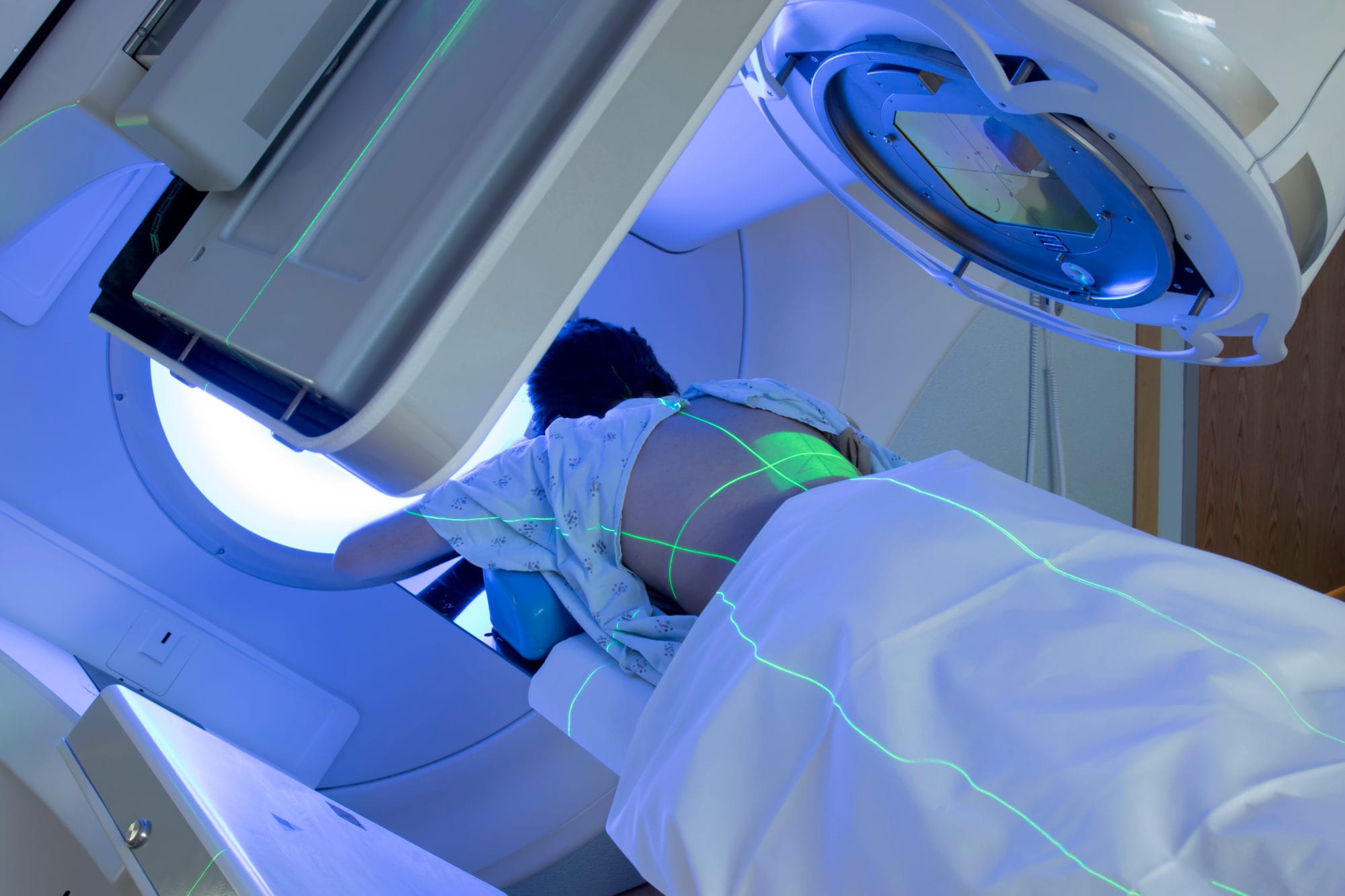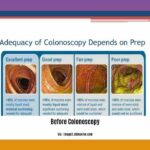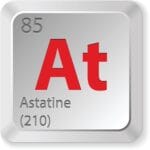Are you dreaming of a career in radiation oncology? This dynamic field, at the forefront of cancer treatment, offers immense potential for impactful patient care and cutting-edge research. However, the path to becoming a radiation oncologist, particularly navigating the residency match, can be challenging. This guide provides a comprehensive overview of how the Student Doctor Network (SDN) can be an invaluable resource for aspiring radiation oncologists, from the initial application stages to establishing a thriving career.
SDN: Your Essential Guide to the Radiation Oncology Match
The residency match is a crucial step for aspiring physicians, and for radiation oncology hopefuls, the competition can be intense. Shannon Woodward’s insights and the wealth of information available on SDN can help demystify this process. With approximately 277 applicants vying for radiation oncology residencies in the 2025 match (based on preliminary ERAS data), understanding the landscape and leveraging available resources is more critical than ever. SDN serves as a central hub, connecting prospective applicants with current residents, practicing physicians, and a wealth of shared experiences. It’s a place to gather insights, ask questions, and find support during this crucial phase.
Decoding the Rad Onc Landscape: Match, Market, and More
SDN offers more than just match statistics; it provides a dynamic platform for in-depth discussions about the field. Let’s explore the key areas where SDN proves invaluable:
Understanding the Match
While resources like Charting Outcomes offer valuable statistical data (though notably lacking for 2015 and 2017), SDN adds a human element. It’s a place where applicants can share their experiences, offering a qualitative perspective that raw numbers simply can’t capture. Discussions on SDN often highlight the increasing importance of factors like robust research experience, including publications, research years, and strong letters of recommendation. You can learn about the nuances of different programs, including their specific interests and what they look for in candidates.
Navigating the Job Market
Concerns about the future job market are common among aspiring radiation oncologists. SDN provides a forum to discuss these anxieties openly, exploring potential challenges like market saturation and the impact of rapidly advancing technology. While some experts suggest these factors may influence future demand, others emphasize the continuous evolution of the field, creating new opportunities and career pathways. Ongoing research is crucial, and SDN can help you stay informed about the latest developments.
Connecting with Mentors
Finding a mentor can be transformative. SDN facilitates mentorship opportunities by connecting aspiring radiation oncologists with residents and practicing physicians who can provide personalized guidance. These relationships can be invaluable throughout the application process and beyond.
Exploring Residency Programs
SDN discussions offer candid insights into specific residency programs, covering aspects like workload, research opportunities, and the overall training environment. This information can be incredibly helpful in making informed decisions about which programs best align with your career goals.
SDN Data: A Powerful Tool, But Proceed with Caution
While the information shared on SDN is immensely valuable, it’s essential to approach it with a critical eye. Much of the data is self-reported and anonymous, which introduces the possibility of bias and makes verification challenging. Furthermore, the SDN community, while substantial, may not perfectly represent the entire applicant pool. Certain groups might be over- or under-represented, potentially skewing the data. Therefore, while SDN offers valuable insights, always consider multiple sources and interpret the information with a degree of caution.
Maximizing Your SDN Experience: Tips and Strategies
To effectively leverage the power of SDN, consider these strategies:
Active Participation: Engage in discussions, ask questions, and share your experiences. This fosters connections and builds your reputation within the community.
Targeted Searching: SDN has a wealth of information. Use specific keywords and filters to narrow your searches and find the most relevant content.
Critical Evaluation: Remember that not everything you read online is accurate. Evaluate the source and context of each post, considering the author’s experience and the date of the post.
Focus on Relevant Forums: Identify forums specifically dedicated to radiation oncology to connect with like-minded individuals and access the most pertinent information.
Networking: Connect with mentors, peers, and practicing radiation oncologists. These connections can provide valuable advice, support, and potential career opportunities.
Job Market Awareness: Monitor discussions about job market trends and career paths to stay informed about potential challenges and opportunities in the field.
The Future of SDN: An Evolving Resource
SDN’s potential continues to expand. As technology advances, imagine the possibilities: AI-powered tools to analyze data and offer personalized mentorship, platforms for research collaboration, and even stronger community building features. The future of SDN is bright, and it will likely continue to play a crucial role in shaping the careers of aspiring radiation oncologists.
Is Radiation Oncology Right For You?
The journey to becoming a radiation oncologist is demanding but incredibly rewarding. By leveraging SDN alongside other reliable resources, you can gain a deeper understanding of the field, navigate the complexities of the match, and build a strong foundation for a fulfilling career. Good luck!
- Crypto Quotes’ Red Flags: Avoid Costly Mistakes - June 30, 2025
- Unlock Inspirational Crypto Quotes: Future Predictions - June 30, 2025
- Famous Bitcoin Quotes: A Deep Dive into Crypto’s History - June 30, 2025
















